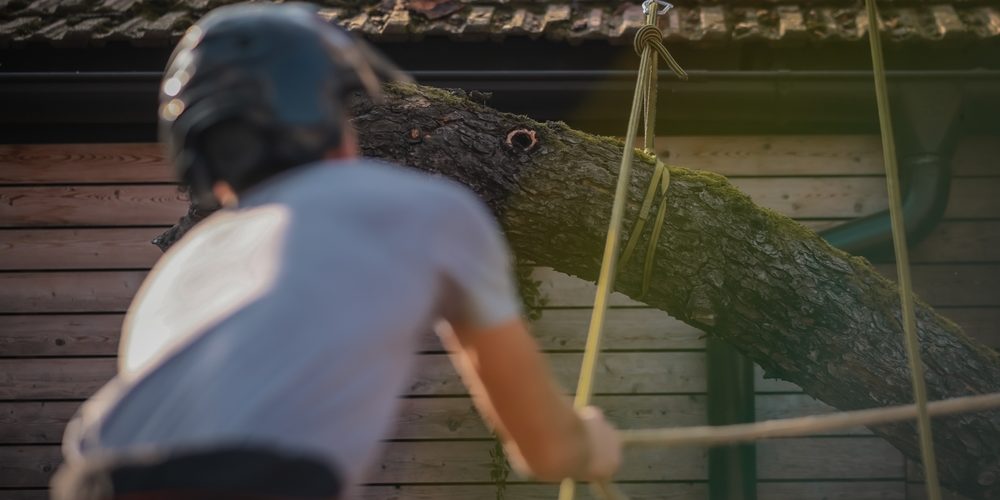Yes, it’s generally okay to cut lower branches on a tree, a process often referred to as “limbing up,” “raising the canopy,” or “under pruning.” This practice can be beneficial for both the tree and the landscape for several reasons, but it should be done carefully and with consideration for the tree’s health and structural integrity.
Here are some key points to consider when cutting lower branches…
Benefits of Removing Lower Branches
- Clearance – Removing lower branches can provide clearance for vehicles, pedestrians, and buildings. This is often necessary in urban and suburban settings for practical reasons.
- Health and Vigor – Properly removing lower branches can improve the tree’s health by increasing air circulation and sunlight penetration to the lower parts of the tree and the ground below, which can help reduce the risk of disease.
- Aesthetics – Raising the canopy can enhance the visual appeal of a tree, showcasing its trunk and structure, and improving the overall landscape design.
- Growth Distribution – Removing lower branches can redirect the tree’s energy to the upper branches, potentially leading to increased growth and vigor in the parts of the canopy that contribute most to the tree’s appearance and function.
Considerations and Best Practices
- Timing – The best time to prune trees is during their dormant period in late winter to early spring for many species. Dead or hazardous branches can be removed at any time of year.
- Proportion – Generally, it’s advised not to remove more than 15-20% of the tree’s canopy at one time to avoid stressing the tree.
- Technique – Use proper pruning cuts to avoid damaging the tree. Cuts should be made just outside the branch collar (the swollen area where the branch meets the trunk) without leaving stubs or cutting into the trunk.
- Wound Treatment – It’s usually best to leave pruning wounds untreated. Research has shown that trees are capable of sealing their own wounds without the aid of wound dressings.
Special Considerations
- Tree Age and Health – The age and health of the tree should be considered before pruning. Young trees can be more resilient and adapt better to pruning than older, more established trees.
- Tree Species – Some tree species have specific pruning needs and may respond differently to having their lower branches removed. Take into consideration the characteristics and specific requirements of the tree species in question.
- Professional Advice – For significant pruning work, especially on large trees or those near structures, it’s wise to consult with a certified arborist. A professional can assess the tree’s health, determine the best approach to pruning, and do the job safely.
Removing lower branches can be beneficial when done correctly, but always prioritize the health and safety of the tree and its surroundings.






